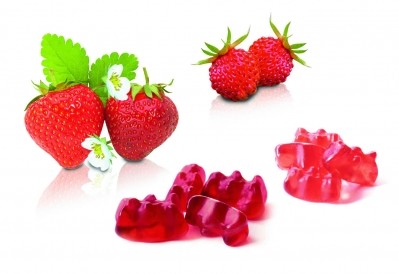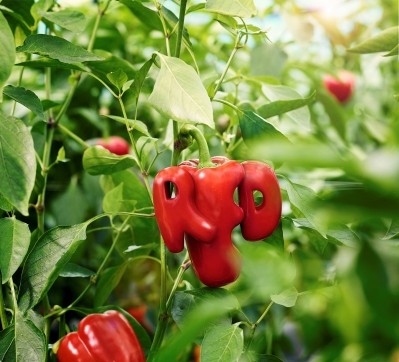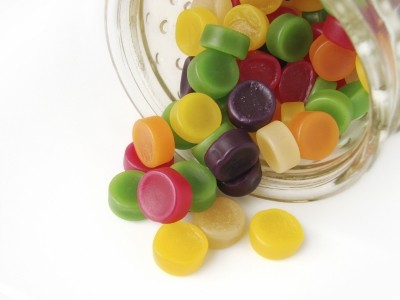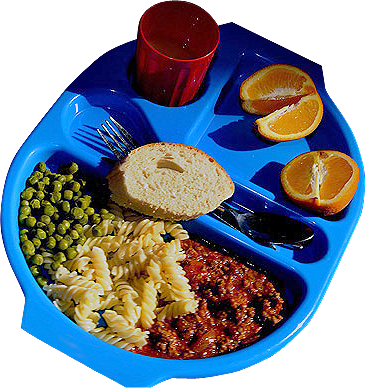Growing a rainbow revolution
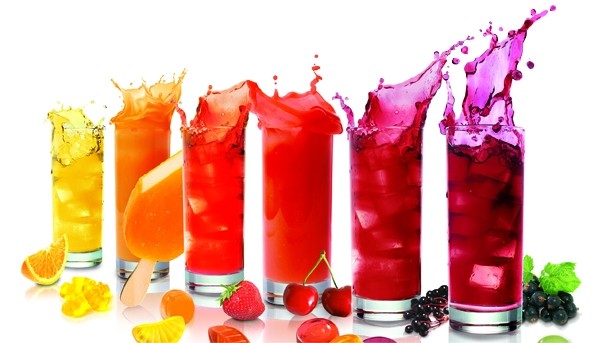
Unless you’ve been hiding under a rock for the past decade, you’ll know that natural colours have experienced a meteoric rise.
The 2007 Southampton study was the catalyst for what was to become a long-term shift away from synthetic colours and a move towards natural.
The tipping point came in 2011, when a joint study by Mintel and Leatherhead Food Research revealed that natural colours had overtaken artificial colours for the first time.
Market research reported that the share of the total food colours market taken by natural varieties had increased from 34% in 2007 to nearly 39% in 2011. By contrast, synthetic colours’ share had declined to 37% in 2011 from 40% in 2007.
Since 2011, the growth gap between natural and artificial has continued to widen. A report published at the end of January by Future Market Insights predicted natural food colour use will grow by 2.8 times more than synthetic colour use between now and 2020.
Anecdotal evidence from those in the industry suggests that artificial colours have been virtually wiped out from food and drinks in Europe, bar those applications where technical barriers preclude their replacement.
“To our knowledge, artificial colours are no longer used in the widespread manufacture of beverages, but are still common in confectionery and bakery, where it’s difficult to find a replacement in the range of natural colours,” says Campbell Cooper, general manager of KleurCraft.
Carsten Bennike, executive vice president of Chr Hansen’s natural colours division, estimates that the European food and drink industry has reached a level of 70% conversion to natural.
“Not everything has converted but a lot of processed foods and soft drinks have,” he confirms. “There are niches, for example, alcoholic drinks and brilliant blue colours, where there is no legal requirement to declare artificial colours on the label.”
Chr Hansen’s view is that the shift to natural colours has not yet reached saturation point. “We believe that the conversion will continue, albeit at a slower rate,” says Bennike.
According to the Future Market Insights report, in western Europe, the trend is more towards consuming colouring foodstuffs than natural colours. GNT Group, a Germany-based producer of colouring foods, reports that the market for colouring foods has grown significantly in recent years, on the back of consumer demand for safe and natural foods.
“In Europe and the US, these fruit and vegetable concentrates are already being used extensively. According to our estimates, today a significant proportion of new product launches in Europe contain colouring foods,” says Paul Collins, managing director of GNT UK.
Driver (Return to top)
But, the main driver for using colouring foodstuffs is the regulatory climate in the region. European Regulation (EC) No 1333/2008 on food additives defines natural colours as substances obtained by physical or chemical extraction, which add or restore colour in a food and include natural constituents of foods and natural sources.
“Natural colours are therefore food additives with E numbers, which might create problems for manufacturers looking at clean-label formulations,” explains Cooper.
Colouring foods, on the other hand, are classified as food ingredients, rather than food additives.
“They do not undergo a selective extraction of pigments and retain the original ratio between nutrients and pigments, offering all the natural properties of food,” says Cooper.
As an example, he points out that red beet used in the manufacture of pink muffins would be considered a food ingredient, but if the pigment was extracted from the red beet and added to the muffin, it would be regarded as an additive, and therefore included in the ingredients list as an E number: E162 beetroot extract.
Supply challenges (Return to top)
Whether colouring food or natural colour, the downside of non-synthetic colourants is their unpredictability. Supply cannot react immediately to surges in demand and sources are at the mercy of climatic conditions, which can affect consistency, quality and availability.
Early on in the natural colours revolution, the use of some natural colours was beset with supply issues.
“What we saw during the first years of conversion was that some colours, such as carmine, grape skin extract and black carrot, were in high demand and supply wasn’t able to follow suit,” recalls Bennike.
However, he says that in the past two years, supply has caught up with demand and that the industry has become better at forecasting demand.
Cooper agrees that supply and demand is now in balance in the colour segment, but points out that growing demand for natural colours and colouring foods has led to increased supply chain complexity.
“Factors such as the selection of specific seeds, the availability and processing time of raw materials and stability of the colour, which determines the end product’s shelf-life, all play an even more important role in the supply/demand relationship,” he says.
Out of necessity, colour suppliers have become savvier in their management of the supply chain, with some taking nature into their own hands. GNT, for example, operates a vertically integrated business, whereby it controls the entire supply chain, from the selection of seeds all the way through to the finished products.
“Any pricing volatility is related to the crop itself, whether this is driven by climatic conditions, yield or harvest. The answer is to control the supply chain by being vertically integrated. We are able to offer our customers long-term stable pricing and year-round availability of every product, regardless of season and crop yield,” says Collins.
Wild says it is essential to have stringent raw material sourcing in place to ensure crop variations and shortages are balanced, and says a network of supplier and long-term trading agreements are helpful for minimising pricing fluctuations.
Chr Hansen’s strategy has been to develop a global sourcing organisation, with people on the ground close to the markets, and to cancel out seasonality problems by working in both the northern and southern hemispheres.
“Having said that, there are still fluctuations,” says Bennike. “Dealing with natural products is not plain sailing. There are floods and droughts and prices will go up and down.”
Breeding and selection (Return to top)
The Danish firm has also embarked on a breeding selection programme to develop varieties with higher yield and colour content. The premise of the programme is that lower volumes of raw material will be needed to produce the same colour intensity, delivering cost-in-use savings.
“If we can increase yield and colour, this will reduce the need for kilo quantities,” explains Bennike.
The programme has yielded black grape, annatto, black carrot and orange carrot concentrates with better colour pigments than in the past. “It’s not applicable to all raw materials, but this approach does work for several sources including red beet and carrots,” says Bennike.
Alongside this, Chr Hansen is leveraging its enzymes and cultures expertise to develop new technologies for producing natural colours. For example, it has successfully produced carmine from a fermentation process in laboratory conditions.
“We’re getting proof of concept for the technology. It involves building the biosynthetic pathway for carmine in a microorganism to enable the production by fermentation,” says Bennike.
This technology is still a long way off, so for the time being, the colours industry will have to put its faith in knowledge, supply chain management and nature.
